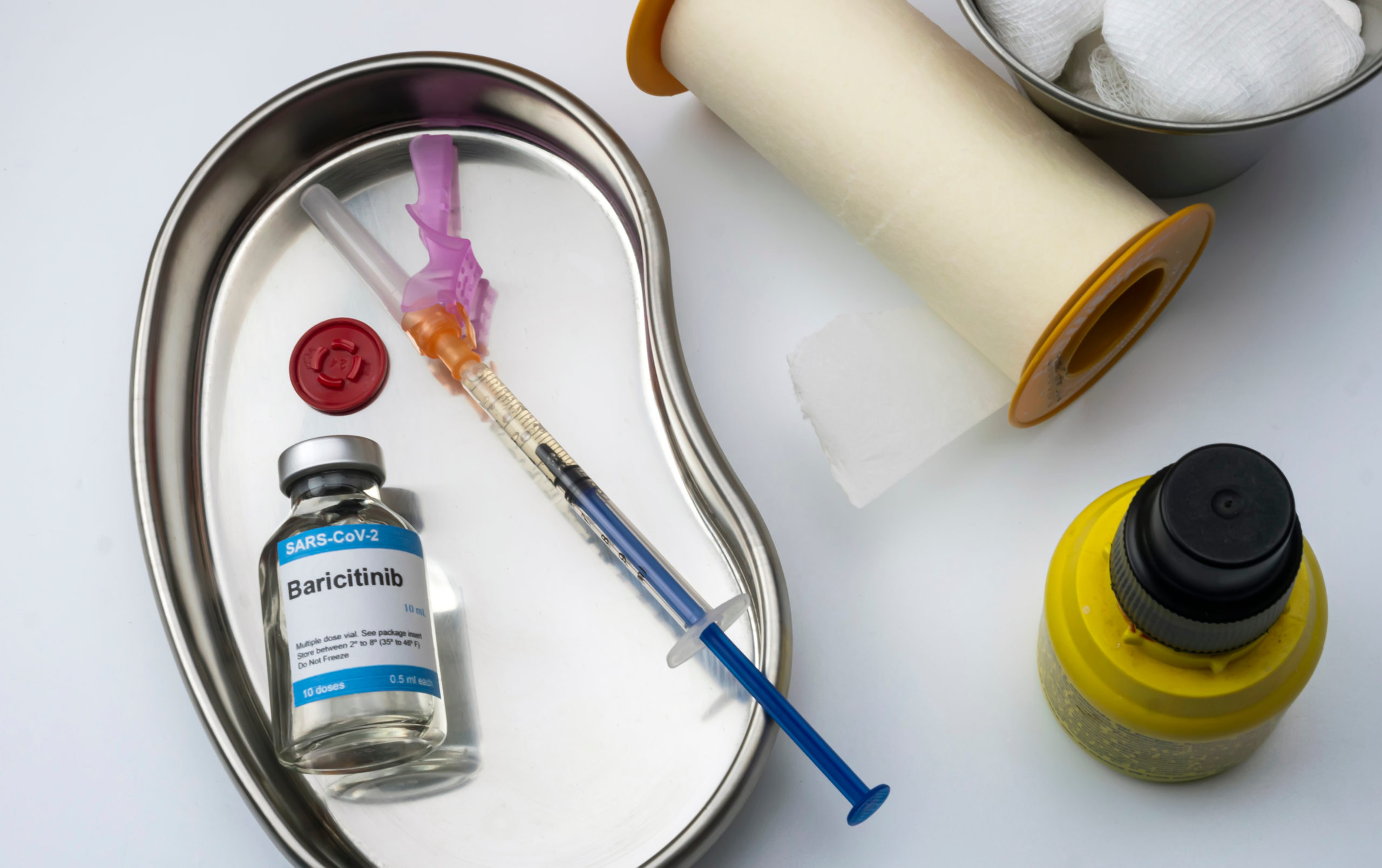
Researchers, led by Mark A. Schroeder, MD, conducted a single-arm, open-label phase 1 trial to evaluate the safety of baricitinib, a balanced Janus kinase (JAK)1 and JAK2 inhibitor, as prophylaxis for acute graft-versus-host disease (aGVHD) in human leukocyte antigen (HLA)-matched allogeneic peripheral blood hematopoietic cell transplant (PH-HCT) recipients. Dr. Schroeder, presenting at the 64th ASH Annual Meeting and Exposition, reported that baricitinib appeared safe, with low rates of aGVHD and no graft failure during treatment.
This study enrolled 24 patients to receive baricitinib 2 mg or 4 mg daily from 2019 to 2022. The primary end point was incidence of graft failure at day 28 and cumulative incidence of aGVHD at day 100 post-HCT. Baricitinib was administered orally from 3 days before HCT to 100 days after, followed by a taper. All participants also received standard GVHD prophylaxis with tacrolimus and mini-dose methotrexate with or without thymoglobulin (n=19) or posttransplant cyclophosphamide, mycophenolate mofetil, and tacrolimus (n=5).
Baricitinib Yields Low Acute GVHD Incidence and No Graft Failure
At the data cutoff of June 1, 2022, the median duration of follow-up was 320 days (range, 63-368 days). The cohort had a median age of 57 years (range, 28-72 years) and underlying diagnoses of acute myeloid leukemia (AML; n=16), myelodysplastic syndrome (n=6), or acute lymphocytic leukemia (n=2).
Regarding the primary measures of the study, no primary graft failure events were observed by day 28. The median times to neutrophil and platelet engraftment were 20.0 (range, 13-52 days) and 12.5 days (range, 12-21 days), respectively. Two patients (8%) had treatment-related mortality by day 180, the authors noted.
Furthermore, cumulative incidence of grade 3 or 4 aGVHD at day 100 was 4%, representing 1 patient in the 4 mg cohort, while overall incidence at any time was 12.5% (n=3), 2 cases of which developed after baricitinib discontinuation. The overall rate of grade 2-4 aGVHD was 33%, with 4 patients from each dosing group, and the authors added that all patients with grade 2 aGVHD were responsive to steroids. Finally, at 1 year, overall survival was 70%; refined GVHD-free, relapse-free survival was 33%; and the incidence of disease relapse was 21%.
Dr. Schroeder and colleagues ultimately supported baricitinib as a potential option for GVHD prophylaxis. They noted that “a follow-up efficacy study to evaluate extended duration of the 2 mg dose of [baricitinib] focused on AML patients receiving HLA-matched transplants and myeloablative conditioning is planned.”
More From ASH: PTCy, Abatacept, and Tacrolimus for GVHD Prophylaxis


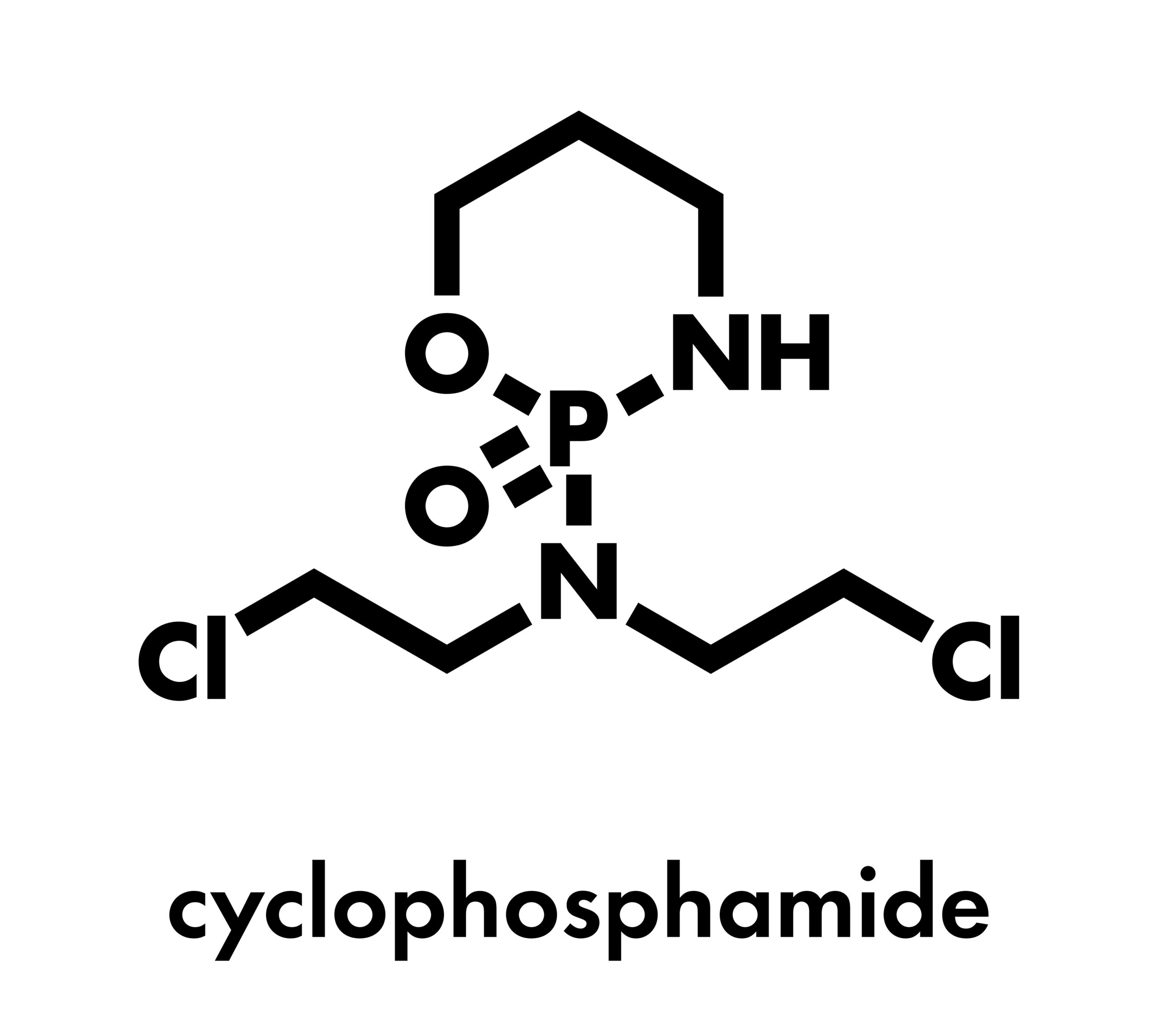
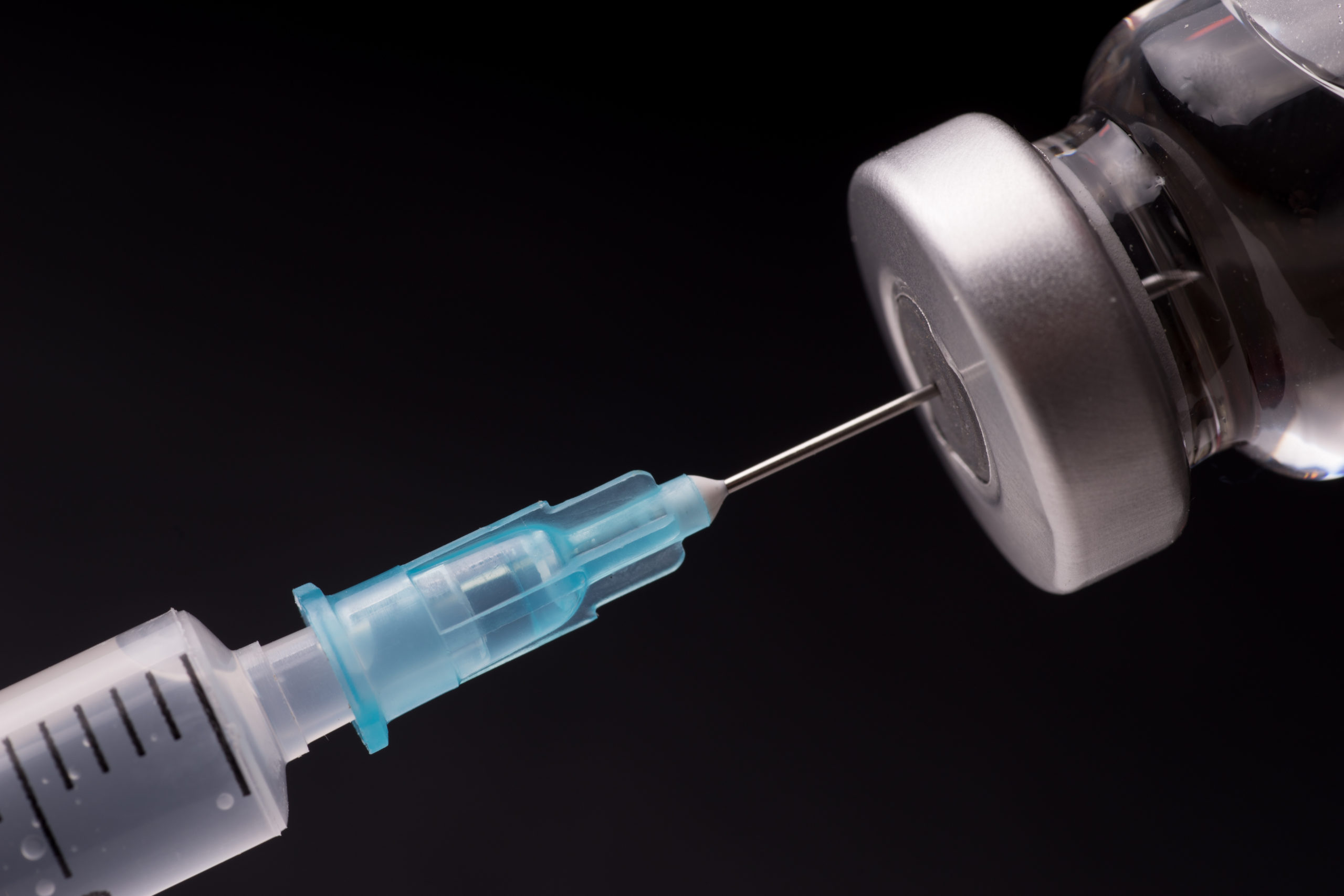
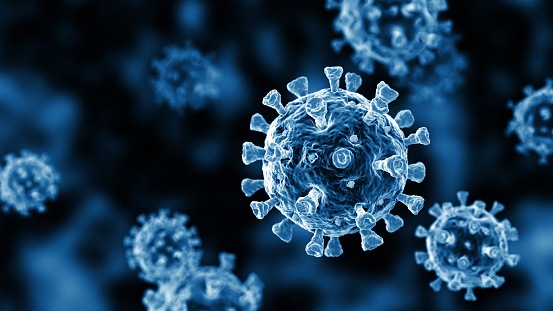
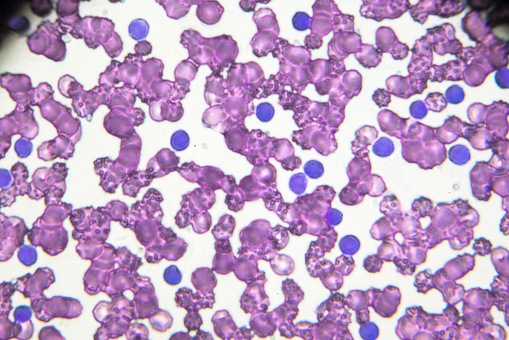

 © 2025 Mashup Media, LLC, a Formedics Property. All Rights Reserved.
© 2025 Mashup Media, LLC, a Formedics Property. All Rights Reserved.